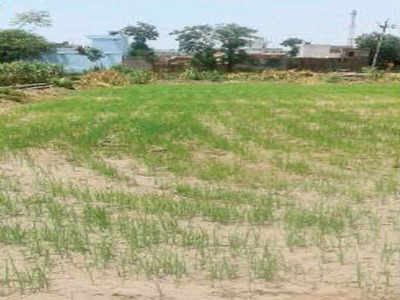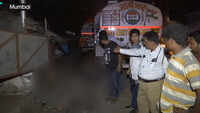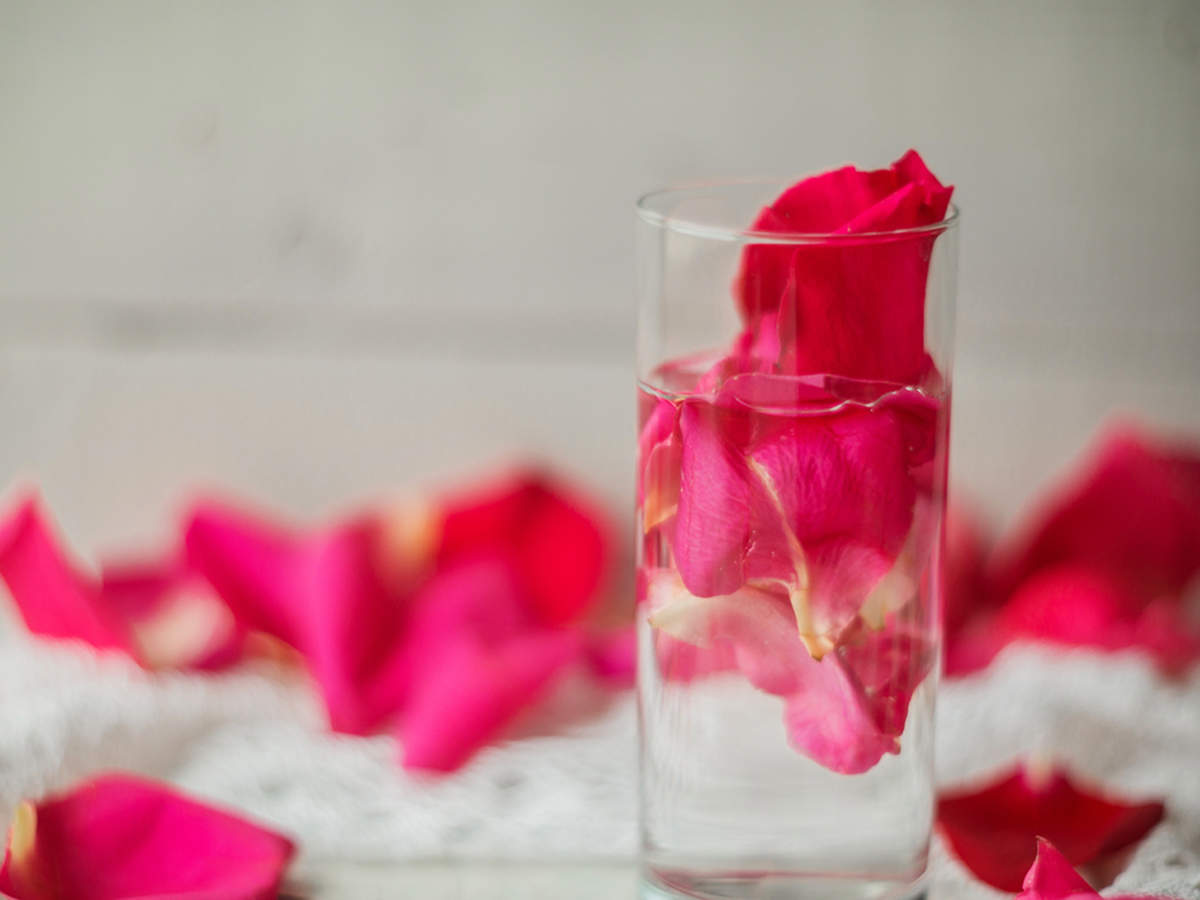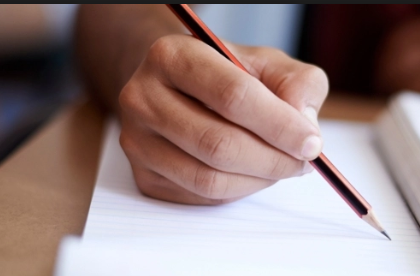
PHAGWARA/JALANDHAR: Some farmers had experimented last year with a direct seeding technique of paddy, developed by a Phagwara-based farmer, which reduces water requirement by 90%. Seeing the results — low water usage and high yield — many more farmers have signed up for the same this year. As they require much less water for the first two to three weeks, these farmers have also managed to sow paddy much before the schedule fixed by the Punjab government.
Avtar Singh, a post-graduate in applied chemistry, but who chose to become a farmer, had developed the technique. According to Avtar, the “paddy puddle”, the reason why the crop consume a lot of water, is required to create anaerobic conditions. But with the technique developed by him, he said the anaerobic sowing of rice (ASR) is achieved by planking the soil repeatedly and heavily before and after using the drill machine for seeding. “Already 300 farmers have adapted the technique and they are happy with results,” he told TOI on Sunday.
Avtar and a few hundred farmers of Punjab, Haryana and UP are already experimenting to reduce input costs while keeping the yields high by bringing in symbiotic diversification where crops compliment each other and now several are going ahead with the ‘Phagwara technique’ of direct seeding of paddy.
“Last year, I used both the methods, the conventional paddy transplanting and direct seeding as explained by Avtar Singh. I cultivated four-acre each. Not only was the yield equal, there was also huge saving in water and labour costs. This time, I am just direct seeding in nearly 15 acre,” said Amarjit Singh of village Kotli near Tanda.
Kewal Singh of village Kothe Amberhar, near Zira also has a similar story: Last year, he used the technique in part. Since the produce was better, this year he adapted the technique fully and completed sowing in by May 21. “As we completed the sowing early, we will not face the issue of moisture during harvesting, which is caused by late sowing,” he said.
“Earlier, we had given up paddy cultivation due to unavailability of labour. But last year we used direct sowing technique in one and a half acre but still went for transplanting in puddled fields in nearly 7-8 acre. But when the results were equally good, we decided to direct seed this time and we have completed sowing paddy a week ago. Water consumption and labour costs have come down drastically,” said Harbir Singh Sandhu, whose farms are near Jamsher village on the outskirts of Jalandhar. He said that the method is a hit among farmers who were already growing other crops than traditional cycle of wheat and paddy. “They have a tendency to experiment with new and better techniques,” he added.
Santokh Singh Khaira, who has farms near Malsian and cultivates potatoes in over 500 acre, said that he started direct seeding in 32 acre on May 2 and completed it on June 2. “I have seen a few others doing this successfully. This is the first time I am doing it,” he added.
Dr Harjit Singh, a part-time farmer who also teaches Punjabi language at sub-centre of Central Institute of Indian Languages in Punjabi University, Patiala, said that he completed sowing on May 25 in his two-acre land in his native village Babbri Nangal, near Gurdaspur. “We had almost given up farming, but we have started exploring these new ideas,” he said.
“Paddy is not a suitable crop for Punjab. But till viable diversification is found, farmers can use this technique to save our precious natural resource – water. Earlier, invaders would loot the region, but the agriculture policies and practices of last few decades, coupled with taking away major share of river water from Punjab, have brought Punjab to the brink of ecological disaster,” said Avtar.
How much water is saved
Explaining the consumption of water required under ‘Phagwara technique’ of direct seeding and conventional method of puddle on the basis of practical observations in fields, former agriculture department deputy director Dr C R Vashisht said that on an average they use 43,000 litres of water on one acre with the technique while conventional puddle consumed around 5.76 lakh litre water per acre. “Saving is even more than 90%,” he said.
‘Phagwara technique’
Explaining the direct seeding technique creating anaerobic conditions without creating puddles in fields, Avtar said that a field should be levelled using laser leveller. “Pre-irrigation is done three days before date of sowing. When tractor can move in fields then planking with suhaga (solid wooden plank) with extra weight on it should be done six times. Idea is to push air out of moist soil using pressure. Then with zero drill machine 8kg paddy seeds per acre should be sown and immediately after that planking should be done twice with extra load. First irrigation is required after 21 days and then second after 10 days. Usually, by this time it already starts raining and we don’t need to use subsoil water,” he said.
Direct seeding vs transplanting
Studies say direct seeding of pre-germinated rice has resulted in reduced methane emissions due to a shorter flooding period and decreased soil disturbance compared to transplanting rice seedlings. In Asia, transplanting is the most common method for rice production, whereas direct seeding is common in Australia and the United States. In traditional rice cultivation, rice is sprouted in a nursery; sprouted seedlings are then transplanted into standing water. With direct seeding, rice seed is sown and sprouted directly into the field, eliminating the laborious process of planting seedlings by hand and greatly reducing the crop’s water requirements.
Avtar Singh, a post-graduate in applied chemistry, but who chose to become a farmer, had developed the technique. According to Avtar, the “paddy puddle”, the reason why the crop consume a lot of water, is required to create anaerobic conditions. But with the technique developed by him, he said the anaerobic sowing of rice (ASR) is achieved by planking the soil repeatedly and heavily before and after using the drill machine for seeding. “Already 300 farmers have adapted the technique and they are happy with results,” he told TOI on Sunday.
Avtar and a few hundred farmers of Punjab, Haryana and UP are already experimenting to reduce input costs while keeping the yields high by bringing in symbiotic diversification where crops compliment each other and now several are going ahead with the ‘Phagwara technique’ of direct seeding of paddy.
“Last year, I used both the methods, the conventional paddy transplanting and direct seeding as explained by Avtar Singh. I cultivated four-acre each. Not only was the yield equal, there was also huge saving in water and labour costs. This time, I am just direct seeding in nearly 15 acre,” said Amarjit Singh of village Kotli near Tanda.
Kewal Singh of village Kothe Amberhar, near Zira also has a similar story: Last year, he used the technique in part. Since the produce was better, this year he adapted the technique fully and completed sowing in by May 21. “As we completed the sowing early, we will not face the issue of moisture during harvesting, which is caused by late sowing,” he said.
“Earlier, we had given up paddy cultivation due to unavailability of labour. But last year we used direct sowing technique in one and a half acre but still went for transplanting in puddled fields in nearly 7-8 acre. But when the results were equally good, we decided to direct seed this time and we have completed sowing paddy a week ago. Water consumption and labour costs have come down drastically,” said Harbir Singh Sandhu, whose farms are near Jamsher village on the outskirts of Jalandhar. He said that the method is a hit among farmers who were already growing other crops than traditional cycle of wheat and paddy. “They have a tendency to experiment with new and better techniques,” he added.
Santokh Singh Khaira, who has farms near Malsian and cultivates potatoes in over 500 acre, said that he started direct seeding in 32 acre on May 2 and completed it on June 2. “I have seen a few others doing this successfully. This is the first time I am doing it,” he added.
Dr Harjit Singh, a part-time farmer who also teaches Punjabi language at sub-centre of Central Institute of Indian Languages in Punjabi University, Patiala, said that he completed sowing on May 25 in his two-acre land in his native village Babbri Nangal, near Gurdaspur. “We had almost given up farming, but we have started exploring these new ideas,” he said.
“Paddy is not a suitable crop for Punjab. But till viable diversification is found, farmers can use this technique to save our precious natural resource – water. Earlier, invaders would loot the region, but the agriculture policies and practices of last few decades, coupled with taking away major share of river water from Punjab, have brought Punjab to the brink of ecological disaster,” said Avtar.
How much water is saved
Explaining the consumption of water required under ‘Phagwara technique’ of direct seeding and conventional method of puddle on the basis of practical observations in fields, former agriculture department deputy director Dr C R Vashisht said that on an average they use 43,000 litres of water on one acre with the technique while conventional puddle consumed around 5.76 lakh litre water per acre. “Saving is even more than 90%,” he said.
‘Phagwara technique’
Explaining the direct seeding technique creating anaerobic conditions without creating puddles in fields, Avtar said that a field should be levelled using laser leveller. “Pre-irrigation is done three days before date of sowing. When tractor can move in fields then planking with suhaga (solid wooden plank) with extra weight on it should be done six times. Idea is to push air out of moist soil using pressure. Then with zero drill machine 8kg paddy seeds per acre should be sown and immediately after that planking should be done twice with extra load. First irrigation is required after 21 days and then second after 10 days. Usually, by this time it already starts raining and we don’t need to use subsoil water,” he said.
Direct seeding vs transplanting
Studies say direct seeding of pre-germinated rice has resulted in reduced methane emissions due to a shorter flooding period and decreased soil disturbance compared to transplanting rice seedlings. In Asia, transplanting is the most common method for rice production, whereas direct seeding is common in Australia and the United States. In traditional rice cultivation, rice is sprouted in a nursery; sprouted seedlings are then transplanted into standing water. With direct seeding, rice seed is sown and sprouted directly into the field, eliminating the laborious process of planting seedlings by hand and greatly reducing the crop’s water requirements.
World Cup 2019
Trending Topics
LATEST VIDEOS
More from TOI
Navbharat Times
Featured Today in Travel
Quick Links
Lok Sabha Election Schedule 2019Lok Sabha Election NewsDelhi Capitals teamMI team 2019Rajasthan Royals 2019RCB team 2019Maharashtra Lok Sabha ConstituenciesBJP Candidate ListBJP List 2019 TamilnaduShiv Sena List 2019AP BJP List 2019Mamata BanerjeeBJP List 2019 MaharashtraPriyanka GandhiBJP List 2019 KarnatakaAMMK Candidate List 2019BJP List 2019 WBLok Sabha Elections in Tamil NaduBSP List 2019 UPNews in TamilLok Sabha Poll 2019Satta Matka 2018PM ModiMahagathbandhanNagpur BJP Candidate ListChandrababu NaiduTamil Nadu ElectionsUrmila MatondkarNews in TeluguMadras High CourtTejashwi YadavArvind KejriwalTejasvi SuryaPawan KalyanArvind KejriwalYogi AdityanathJaya PradaSatta King 2019Srinagar encounter
Get the app









